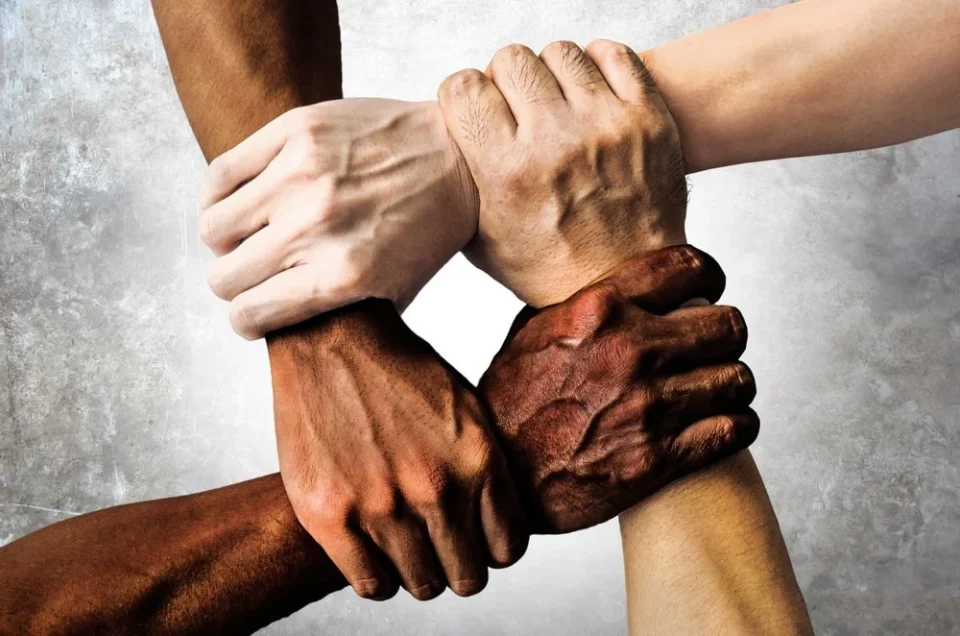Human rights law has recognized that human beings cannot be sold for decades. In fact, 1926 Convention to Suppress the Slave Trade and Slavery is among the earliest human rights conventions. As per Regina Temple, human rights law condemns the fundamental unlawfulness and immorality of one person appropriating the legal personality or labor of another. It outlaws or decries forced labor, forced marriage, arbitrary detention, debt bondage as well as sexual exploitation of children and women for money.
Regina Temple discusses how human trafficking is a human rights issue
Trafficking constitutes a contemporary form of slavery. Human beings can be trafficked for several reasons, starting from child labor, forced labor and bonded labor to prostitution and sex work. They must be considered as the victims of the criminal activities of others. However, while the link between human rights and human trafficking has long been established, human rights concerns are not always at the center of responses to trafficking. For instance, when it comes to cross border trafficking, the situation is commonly considered to be an immigration issue. The human rights implications are seen as secondary.
Over the last decade or so, an international consensus has developed around the need for a rights-based approach that addresses human trafficking. The UN General Assembly and the Human Rights Council have advocated such an approach, along with relevant human rights mechanisms including treaty bodies. The Office of the High Commissioner for Human Rights (OHCHR) advocates a victim-centered approach to trafficking which aligns with this perspective, and puts emphasis on the primacy of human rights in efforts to both prevent and address trafficking.
A human rights based approach can be considered to be a conceptual framework that deals with phenomena like trafficking that is normatively based on international human rights standards, as well as operationally directed for the promotion and protection of human rights. It requires a well-rounded analysis of the human rights violations that place during trafficking, along with the States’ obligations under international human rights law. This approach seeks to both identify and redress unjust distributions of power and discriminatory practices that facilitate trafficking, deny justice to victims and maintain impunity for traffickers.
Many practices associated with modern-day trafficking are very clearly prohibited as per international human rights law. For instance, human rights law forbids debt bondage. This implies to the pledging of personal services as security for a debt where the value of the services is not applied toward the liquidation of the debt or their length is not limited and defined.The key objective of policies and programs human rights–based approach should be to promote and protect rights. Victims of trafficking tend to encounter a number of violations of their rights all through the cycle of trafficking. As per Regina Temple, these victims might be deprived of their liberty, their right to choose an occupation, and more. Policies designed to combat trafficking must address the violations of these rights. Principles and standards derived from international human rights law must guide all stages of the response to human trafficking. These laws include equality and nondiscrimination, universality of rights, and the rule of law.

